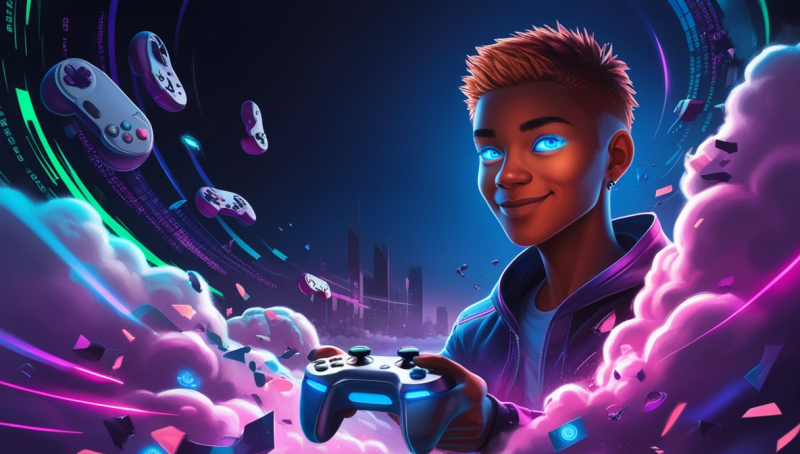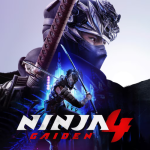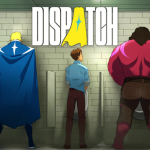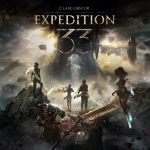Today’s Look at Cloud Gaming: Pros and Cons

Cloud-based gaming platforms have brought a revolution to the way players access and experience games. With no need for expensive hardware or physical copies of games, services like Google Stadia, Xbox Cloud Gaming, and NVIDIA GeForce Now have guaranteed a smooth gaming experience across nearly all devices. However, as promising as cloud gaming might seem, it still presents a mix of advantages and drawbacks that could shape its future. Let’s dive into the different aspects of cloud gaming, focusing on its functionality, performance, accessibility, and the role aesthetics play in this evolving industry.
Revolutionizing Gaming Hardware Requirements
One of the most appealing features of cloud gaming is the reduced dependency on powerful hardware. Traditionally, gaming requires a high-performance PC or console to run the latest AAA titles at optimal settings. Cloud gaming eliminates this need by streaming games directly from powerful servers, allowing even low-end devices to play resource-heavy games. Platforms like Google Stadia and NVIDIA GeForce Now enable players to enjoy games on nearly any device, including smartphones, tablets, and laptops.
For casual gamers or those who aren’t willing to invest in expensive hardware, this aspect of cloud gaming is a significant win. By offloading the processing power to the cloud, these platforms democratize gaming, opening the doors for a wider audience to enjoy high-quality games.
Seamless Gameplay or Latency Struggles?
While cloud gaming platforms boast the ability to offer seamless gameplay, the reality isn’t always as smooth. Latency remains a major challenge for cloud gaming. The time it takes for a player's input to be registered on the server and the subsequent response to be streamed back can result in a noticeable delay, especially in fast-paced games.
Google Stadia and Xbox Cloud Gaming have made strides in improving their latency, but the experience still depends heavily on the quality of the user’s internet connection. For players with high-speed internet, cloud gaming can be a smooth and immersive experience. On the other hand, those with slower or unstable connections may face frustrating input lag, screen tearing, or buffering during gameplay, which can break the immersive experience.
For competitive gaming, where every tiny fraction of a second can sway the result between victory and defeat, cloud gaming has yet to fully replace local hardware setups. However, for casual or story-driven games, the minor latency issues may not significantly detract from the experience.
A Cost-Effective Alternative to Traditional Gaming
Cloud gaming services often come with lower upfront costs than traditional gaming setups. By paying for a subscription service, users unlock a vast collection of games without having to buy each title separately. Google Stadia, for instance, offers a subscription model that includes access to select games, while others like Xbox Cloud Gaming offer access to a vast catalog through the Game Pass Ultimate subscription.
This pay-as-you-go model can save players hundreds, if not thousands, on hardware and software expenses. However, there’s a catch. Some cloud gaming platforms, such as Google Stadia, require users to purchase individual games in addition to the subscription cost, which can make the overall cost less appealing for certain users.
Another potential drawback is the reliance on ongoing subscription fees. Once a subscription ends, access to the game library is revoked, which can be a deterrent for players who prefer to own their games permanently.
The Freedom of Play: Cross-Device Compatibility
Cloud gaming platforms offer unparalleled flexibility when it comes to where and how players can engage with their favorite games. The capability to transition between devices while retaining progress is one of the most attractive features of services like Google Stadia and Xbox Cloud Gaming. Gamers can start a session on their home PC, continue it on their phone while commuting, and pick it back up on a tablet later in the day.
This cross-device compatibility breaks down the traditional boundaries of gaming, providing more opportunities for spontaneous gameplay sessions. Additionally, it's a top choice for gamers who are always on the move or prefer playing on multiple devices without needing to synchronize saves manually.
Visual Fidelity: How Does Cloud Gaming Stack Up?
Graphics are an essential part of the gaming experience, and many players are concerned that cloud gaming might compromise visual fidelity. Google Stadia initially promised 4K resolution gaming at 60 frames per second, a claim that sparked excitement. However, some players have reported lower-than-expected resolution and performance, depending on their internet speed and device capability.
While cloud platforms like NVIDIA GeForce Now and Stadia do their best to maintain high-quality visuals, the streaming nature of these platforms means there are inherent limitations. Compression artifacts, reduced resolutions, or frame rate dips can occur, particularly if the internet connection fluctuates. For games that thrive on stunning visuals and fast action, these downgrades can significantly affect the overall experience.
However, for more casual gaming sessions, these imperfections might not be as noticeable, and the convenience of cloud gaming might outweigh any slight degradation in visual quality.
Game Library Variety and Exclusivity
When comparing cloud gaming platforms, the variety and exclusivity of the game library are critical factors for players. Google Stadia’s game selection, for instance, pales in comparison to Xbox Cloud Gaming’s vast library offered through Game Pass. This disparity in available titles can influence a player's decision to subscribe to one service over another.
Additionally, some cloud gaming platforms offer exclusive titles that cannot be found on competing services. Stadia, for example, has a few exclusive games, though not many are considered essential for most players. This contrasts with more established platforms like Xbox, which boast an extensive catalog of first-party exclusives.
Despite the growing number of available games, cloud gaming services still lag behind traditional consoles and PC in terms of variety. Many popular titles are still missing from these platforms, which can leave cloud gaming enthusiasts feeling underserved.
The Role of Aesthetics in Cloud Gaming
Aesthetics play a role not only in-game design but also in the user experience of cloud gaming platforms. Google Stadia, with its clean and minimal interface, emphasizes ease of use and accessibility. Its interface is designed to be intuitive, whether users are accessing it via a web browser, TV, or mobile device.
NVIDIA GeForce Now, on the other hand, offers a more customizable experience, allowing players to tweak graphical settings to optimize performance. Xbox Cloud Gaming is integrated into the broader Xbox ecosystem, providing a familiar experience for Xbox users but potentially overwhelming new players with its myriad of features.
While these platforms aim for simplicity, the overall user interface design can greatly affect the player’s experience. A platform that is easy to navigate and responsive is crucial, especially when users switch between devices.
The Future of Cloud Gaming: Promises and Challenges
The potential of cloud gaming is undeniable, but it still has a long way to go before it can fully replace traditional gaming setups. As internet infrastructure improves and more players gain access to high-speed connections, some of the current limitations like latency and visual fidelity might diminish.
Platforms like Google Stadia, Xbox Cloud Gaming, and NVIDIA GeForce Now are constantly evolving, and future advancements could lead to a smoother and more reliable gaming experience. However, for now, cloud gaming remains a compelling option, especially for casual gamers or those looking for a more flexible and cost-effective way to play.
















